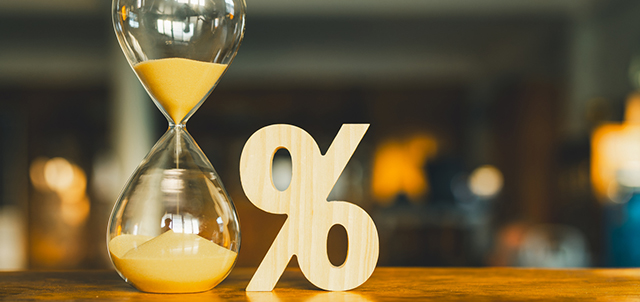Callable Bonds: Be Aware That Your Issuer May Come Calling

When you buy a bond, you might expect to receive interest payments over a fixed period of time and then get the face value back at the maturity date. This sounds simple—but not all bonds reach their maturity.
Many bonds issued today are “callable,” which means they can be redeemed by the issuer before the listed maturity date. If that happens, the issuer would pay you the call price and any accrued interest, but they wouldn’t make any future interest payments.
Be sure you understand the terms and conditions of any bonds you purchase so you’re not surprised if an issuer comes calling early.
How Do Callable Bonds Work?
Callable bonds, sometimes called redeemable bonds, give their issuers (such as corporate and municipal entities) the right—but not the obligation—to buy back their bonds at a set price. This means the issuers have the option to refinance their debt later at a better interest rate, much like a homeowner might refinance their mortgage to have a lower monthly payment. A bond issuer might achieve a better rate because of an improvement in its credit rating or due to changes in market conditions.
If interest rates are trending downward or drop below the interest rate on the callable bond, for example, an issuer can save money by paying off the existing bond and issuing another bond at a lower interest rate.
Are All Callable Bonds the Same?
There are various types of callable bonds. Some you can hold for years before the issuer redeems them, and others can be called much sooner.
Optional redemption callable bonds give issuers the option to redeem the bonds early, but often this option only becomes available after a certain date. For example, many municipal bonds have optional call features that the issuer can exercise 10 years after the bond was issued.
Extraordinary redemptions allow the issuer to call its bonds in the event of certain specified—and as its name suggests, extraordinary—events, such as damage to the assets collateralizing the debt or the failure of a project the debt was issued to finance. These events are spelled out in the bond’s offering statement. These extraordinary event clauses can either require the company to redeem the bonds or simply give the company the option of redeeming them if a specified event occurs.
Sinking fund redemptions require issuers to regularly redeem a set portion or all of the bonds based on a fixed timetable.
Some callable bonds include make-whole provisions, which allow an issuer to redeem its bonds at any time for a lump sum intended to make up for future interest payments. The way these payments are calculated can vary from bond to bond, and certain extreme conditions can result in exceptions where investors aren’t quite made “whole.”
Given the variability in regular call provisions and make-whole call provisions, it’s always a good idea to check with your brokerage firm to make sure you understand exactly how any call provision works and can impact your investment.
Why Does This All Matter?
If your bond is called and you aren’t expecting it, this can have a significant impact on your expected return on investment from that bond. Moreover, if you’re counting on the steady stream of income from the coupon payments, you might find that stream has dried up, and you might not be able to find a suitable replacement investment for that cash.
Think of it this way: If you invest $10,000 in a 10-year bond with a 5 percent coupon, you can expect to earn $500 a year in interest from that bond. This would total $5,000 over the life of the bond before you get that $10,000 face-value investment back at maturity. But if that bond is called early after you’ve held it for only five years, you’re out $2,500 in anticipated income.
And if an issuer called back its bonds, that likely means interest rates fell. That’s great news for the issuer, because it means it costs them less to borrow, but it might not be great news for you. You might find it difficult—if not impossible—to find a bond with a similar risk profile at the same rate of return. If the best rate you can get for your $10,000 reinvestment is 3.5 percent, this will leave you with a gap of $150 per year on your expected return.
It’s important to look at a callable bond’s yield-to-call, which is the return on your investment if the bond were redeemed at the earliest possible date, and understand the potential implications for your investment goals.
Am I Compensated for This Feature?
Callable bonds sometimes offer a better interest rate than similar noncallable bonds to help compensate investors for the call risk and the reinvestment risk that they face. Sometimes callable bonds will also set the call price above face value—say $1,002 versus $1,000.
But these benefits aren’t without their tradeoffs, so it’s important to carefully consider your investment options and fully understand what you’re getting into. Talk with your investment professional about the characteristics of any bond’s call provisions and the likelihood that the bond will be called before investing.
Where Do I Find Out if a Bond is Callable?
All information on a bond’s call features can be found in the bond’s prospectus, which you can obtain from your investment professional.
You can also search FINRA’s Fixed Income Data by issuer to see which of that issuer’s bonds are callable and which aren’t.



